A big part of becoming and staying a great trader is discipline. There are enough trading setups that will occur throughout the course of the month and year.
A big part of the battle is not allowing emotions to affect trading decisions and staying patient like a sniper waiting for great trading setups to form. Traders are human, and they cannot stop emotions from occurring. The point is to focus on the process and stay in the game.
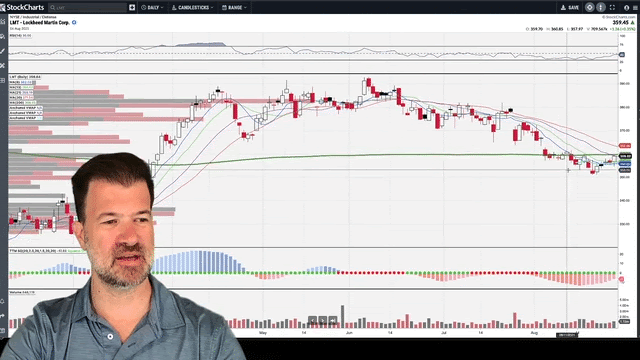
For this reason, it is essential to have rules in a trading business. When the heat of the moment arrives, it is these rules that protect traders from exiting the trading arena.
- Plan my trade. Trade my Plan
Great trading is about the process. Every trade should have a target and a stop loss based on a particular strategy. Trades should not be judged on outcomes because a trader has no control over what the market will do next. Trades should be judged based on the quality of the plan and how well that plan was executed.
- Do not average losers- different from scaling
One of legendary trader Paul Tudor Jones’s most important quotes was “losers average losers.” If a trade is going against me and is outside of my trading plan, it is best to exit because I can always get back in again if it starts to work. The worst thing I can do is start adding to bring down my average. When a trade is going against me, I want to have the least size possible. Averaging losers is how traders blow up accounts. This is different from scaling.
- Scale in/out of positions
Scaling-in involves having a set stop loss with a plan to add size to a trade at a pre-defined level. I expect some trades to go against me initially, and I want to get the best prices, but this is all laid out in my trading plan beforehand. I do not add to trades out of emotion.
I also scale out of positions. So I might have 3 targets on a trade where I will take off 1/3 of my position or more at each level. For example, I might take off 50% of my position at an upcoming resistance level, 25% at a higher up resistance level, and let somewhere between 10-30% of my position ride for a few days or weeks depending on my conviction in a setup.
- Cut losers
I find that the best trades work immediately. I see my trading setup, wait for it, then pull the trigger, and it works straight away. For this reason, if a stock does not do what I anticipate, I take the L and move on. I don’t worry about my outcomes; I worry about losing my trading discipline. Besides, I can always get back into a trade if it starts acting as I anticipated.
- Let Trades that are Working Run
I understand I must hold great trades for longer than bad trades. I want to feel great when I trade, and when my trades are working, I hold on to them for as long as I can. Scaling out of positions makes it easier for me to hold my good trades for longer.
- Daily Journal
I keep detailed statistics on each trade I make. I do this to make sure that I am sticking to the fundamentals of trading by letting my great trades work and cutting off my bad trades when I am wrong. Detailed analysis of my trading allows me to make adjustments if the market is changing. You see, the market can be bullish, bearish, or just flat-out choppy. Adjusting my strategy to what the market is telling me is vital in order to maintain results month after month, year after year.
- Playbook- what plays are working?
History doesn’t repeat itself, but it rhymes. This adage is extremely applicable to trading. You see, the market plays out patterns over and over again. So I keep a detailed record of the different trading setups that I have seen and which ones are working at the moment. Certain trades will go into and out of fashion over time. It is my job to recognize what trading setups are working and to keep trading them until they stop working. I do this by keeping a record or playbook of these stocks and setups. So when a certain trading setup catches on, I am ready to pull out my trading setup from my playbook. Proper preparation prevents poor performance.
- Have an “oh shit” button
Every trader has taken big losses. The point is anything can happen in the market, and it can definitely stay irrational longer than I can stay solvent if I do not control my risk properly. So no matter what is going on, I need to have a number that no matter what, if it gets hit, I am out of the trade. The most important part of trading is living to fight another day.
- Check my temperature- Who am I doing right now?
There are 5 types of risk-taking activity- Investing, Speculating, Trading, Betting, Gambling. Whenever I take a trade, I make sure I am one of the first 3. To be an Investor, Speculator, or Trader, I must know my risk/reward and trading setup. When emotions take over, and control is lost, that is when a Trader becomes a Gambler. I never start wishing on a trade. I always want to be in control of my actions.
- Do not get too big in any one trade
No matter how sure I am about a trading setup or how much conviction I have, I make sure I do not get too big in any one trade. Taking too much size in one play takes too much emotional, financial and intellectual capital. It can stop me from seeing the field because all my attention is on one trade. The stock exchange is a market of stock, and whilst I do get bigger in my best trading setups, I make sure it doesn’t take all my attention away from what else is going on. Getting stuck in one big trade is just too much opportunity cost if I am wrong.
Bottom Line
Great traders take great trading setups over and over again. They understand that over the long run, it is just a numbers game. For this reason, it is important to have rules to protect yourself from yourself. These rules allow me to waste as little time and energy as possible on sub-par setups and focus on what is working for me and in the market.
Comments are closed.


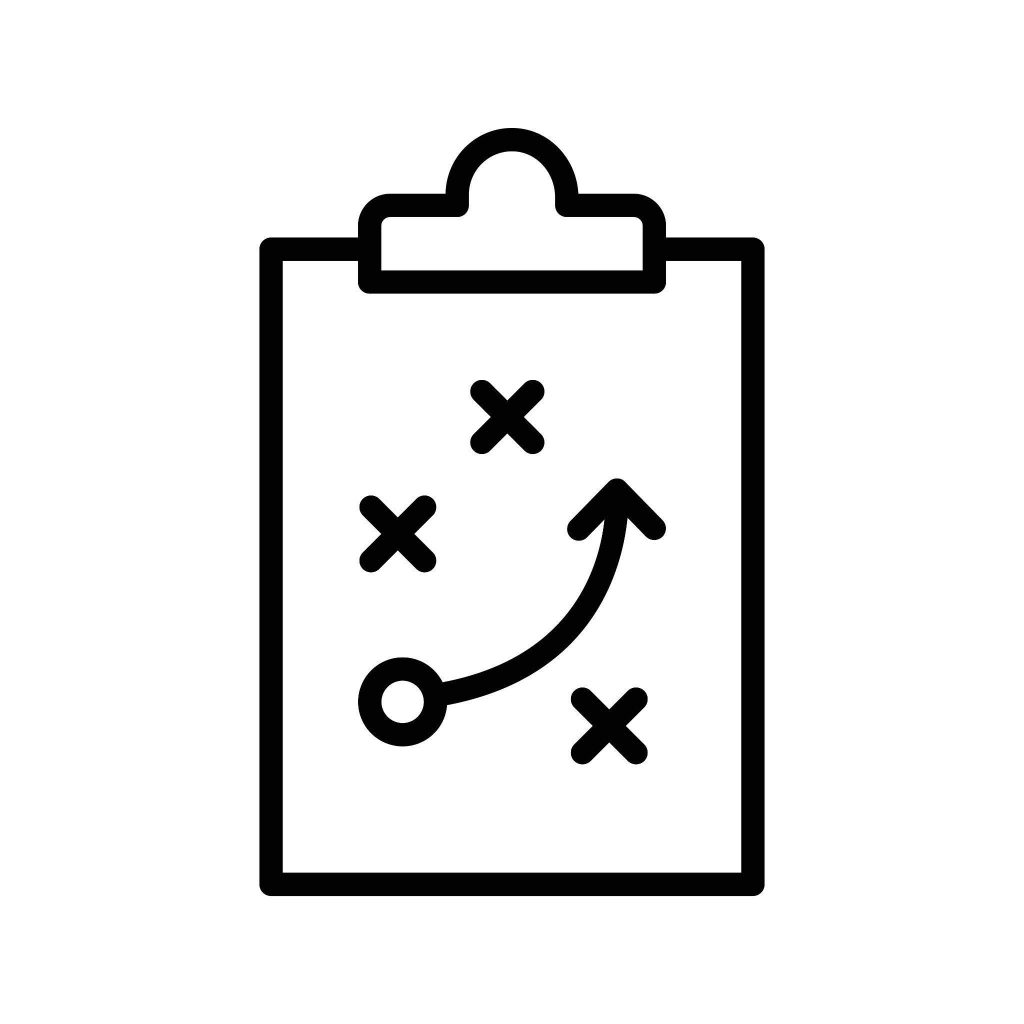
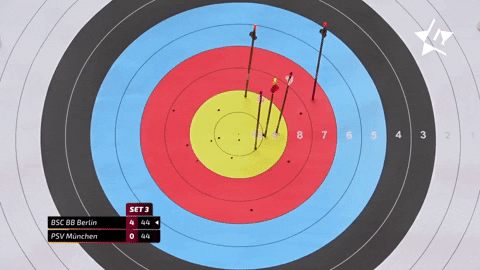
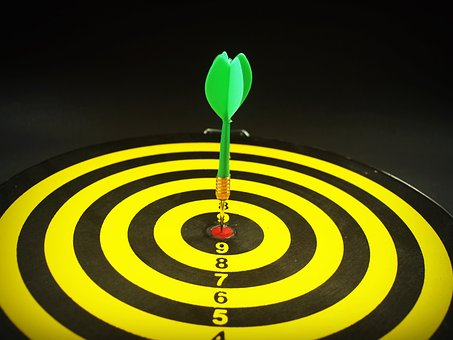
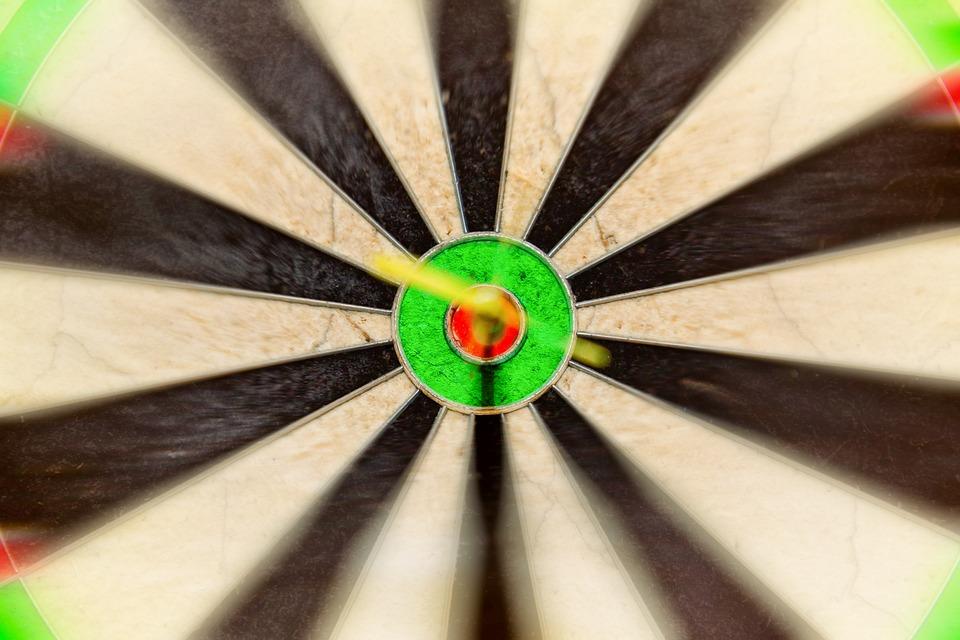
4 Comments
These are all great lessons to reinforce for every trader. Believe much of these same ideas came from Trading in the Zone by Mark Douglas which I read a month or so ago and I still like to be refreshed on these ideas because to be honest I am fairly new to trading. I have been an investor for decades but not a trader so having these lessons reinforced over and over is a good thing for all of us.
it is pure gold
Hey there! I’ve been following your blog for some time now and finally got the bravery to go
ahead and give you a shout out from Huffman Texas!
Just wanted to say keep up the excellent work!
thank you great lessons thanks.